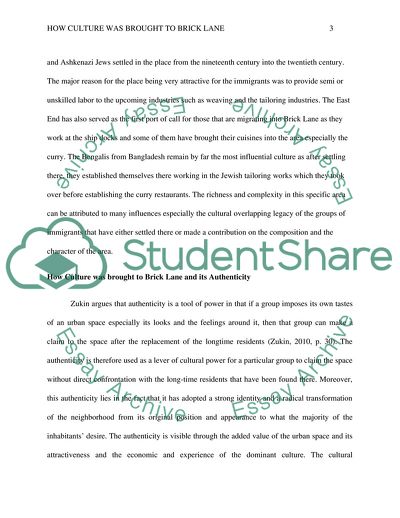Cite this document
(How Culture Was Brought to Brick Lane Essay Example | Topics and Well Written Essays - 2500 words, n.d.)
How Culture Was Brought to Brick Lane Essay Example | Topics and Well Written Essays - 2500 words. https://studentshare.org/culture/1812013-contextual-and-theoretical-studies-2-branded-spaces
How Culture Was Brought to Brick Lane Essay Example | Topics and Well Written Essays - 2500 words. https://studentshare.org/culture/1812013-contextual-and-theoretical-studies-2-branded-spaces
(How Culture Was Brought to Brick Lane Essay Example | Topics and Well Written Essays - 2500 Words)
How Culture Was Brought to Brick Lane Essay Example | Topics and Well Written Essays - 2500 Words. https://studentshare.org/culture/1812013-contextual-and-theoretical-studies-2-branded-spaces.
How Culture Was Brought to Brick Lane Essay Example | Topics and Well Written Essays - 2500 Words. https://studentshare.org/culture/1812013-contextual-and-theoretical-studies-2-branded-spaces.
“How Culture Was Brought to Brick Lane Essay Example | Topics and Well Written Essays - 2500 Words”. https://studentshare.org/culture/1812013-contextual-and-theoretical-studies-2-branded-spaces.


